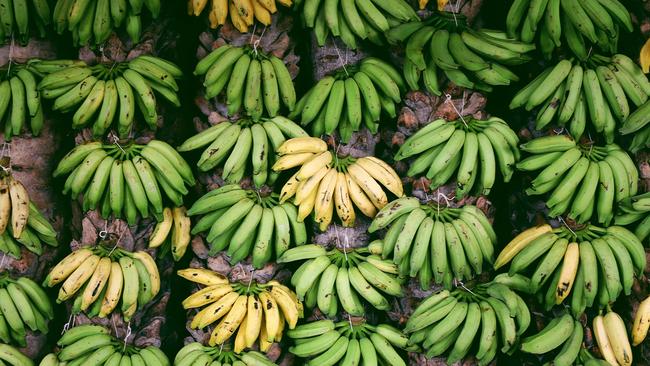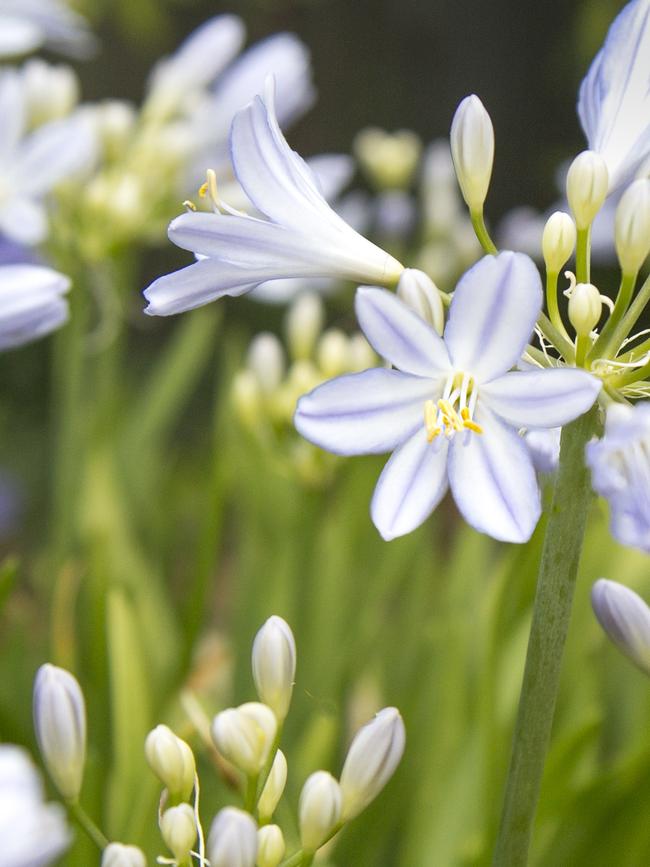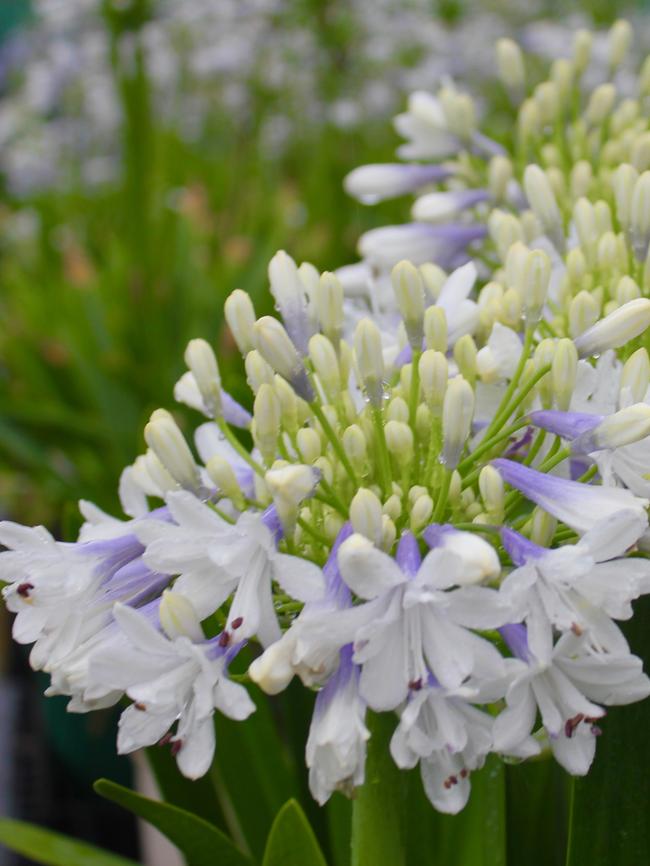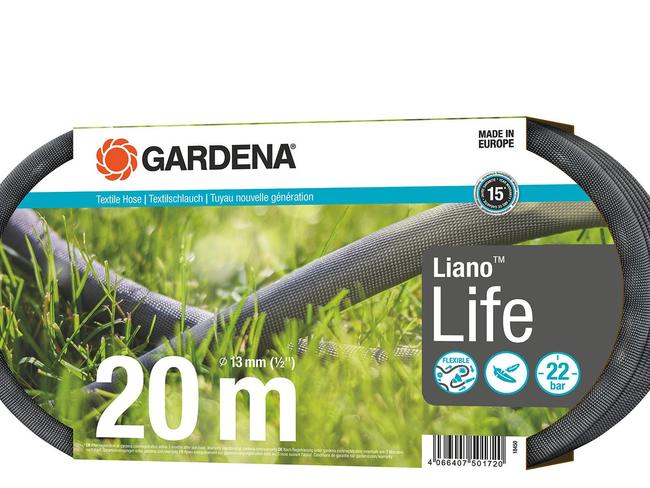Growing bananas in Australia: have a crack if you’re in the tropics
Australia is home to two native species of banana. If your climate can sustain these plants and their iconic fruit, I urge you to give them a go.

Bananas claim the title as the world’s largest flowering herbaceous plant – the 70 species of Musa, all from southeast Asia, range from 3m to 7m tall but technically are not trees; what looks like a trunk is actually a pseudostem, composed of multiple leaf stalks that grow from an underground corm.
The many types of eating bananas worldwide are bred from two main species, while starchy plantains and cooking bananas are close relatives. We have two native species, M. jackeyi and M. banksii, in northern Queensland.
When mature, each trunk produces a long flowering spike with a cluster of male flowers, called a bell, hanging at the end. The clusters of female flowers, spirally arranged along the stem, develop into bananas. After fruiting, the trunk dies down but “pups” or suckers develop at its base that perpetuate the plant. Commercial bananas are hybrids that don’t require pollination and don’t have any seeds, so are always propagated from suckers.
Fun fact: bananas curve due to two phenomena – positive phototropism (they grow towards the sun) and negative geotropism (growing against gravity).
Purple Haze - Agapanthus
Many new agapanthus varieties are bred to set fewer seeds, addressing the old weediness problem with these stalwart plants.


‘Madelyn’ and ‘Maxsie’ are bred by Pine Mountain Nursery in Queensland, bestagapanthus.com.au


Q&A
My climbing roses seem to be using more energy sending out long shoots with no buds, rather than focusing on flowering. Should I prune them off?
Tim Nicholls, Hobart
The trick to getting climbing roses to flower well is to tie those long shoots from vertical to horizontal. This stimulates lots of lateral branches to shoot off that main stem, and these bear the flower trusses. Pruning the tip from the end of the long canes also helps. On pillars, train long canes in a spiral. When pruning, just shorten these laterals. On established plants, remove one-third of the oldest canes at the base in winter to stimulate new ones. Keep roses well fed and mulched. They need full sun to flower well.
I’ve had my asparagus plant in a large pot for a few years now but only get very thin spears. How can I improve the yield? Do I cut them or let them bush out?
Janette Bailey, Yarrawarrah, NSW
Asparagus thrives in cool climates; the spears are thinner and fewer in warmer areas. They’re greedy plants that need plenty of space for their vigorous roots to spread; in pots their growth will tend to be restricted. Pot up if possible. Feed and water generously and regularly from late winter. You should allow some spears to develop into the ferny fronds each summer to build up the plant.
What’s wrong with my crazy strawberries? The red fruit are covered in little green leaf sprouts.
Glenys Murphy, Quindalup, WA
This is a condition called vivipary, from the Latin for “live birth”. It occurs when the seeds on the surface of the strawberry germinate while still attached to the plant. It happens most frequently in spring and there’s not much you can do about it. If you want more plants, you can grow them from the sprouted seeds. Vivipara is most common in strawberries, tomatoes, capsicums, pumpkins and corn.
Send your questions to: helenyoungtwig@gmail.com. The best three questions for December/January will each win a 20m, kink-free Liano Life Textile Hose kit valued at $113 with a 15 year warranty, from Gardena.
More Coverage







To join the conversation, please log in. Don't have an account? Register
Join the conversation, you are commenting as Logout